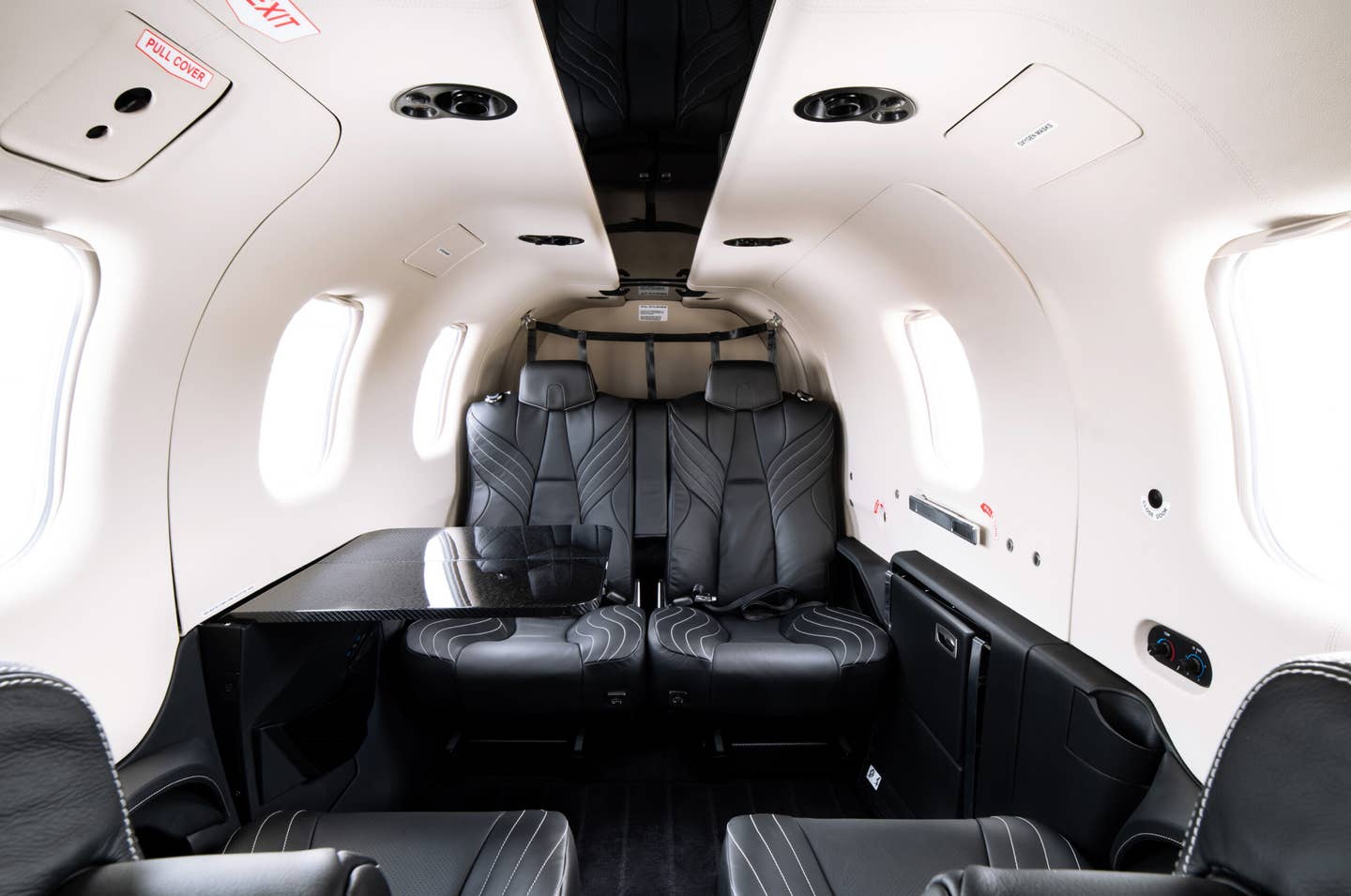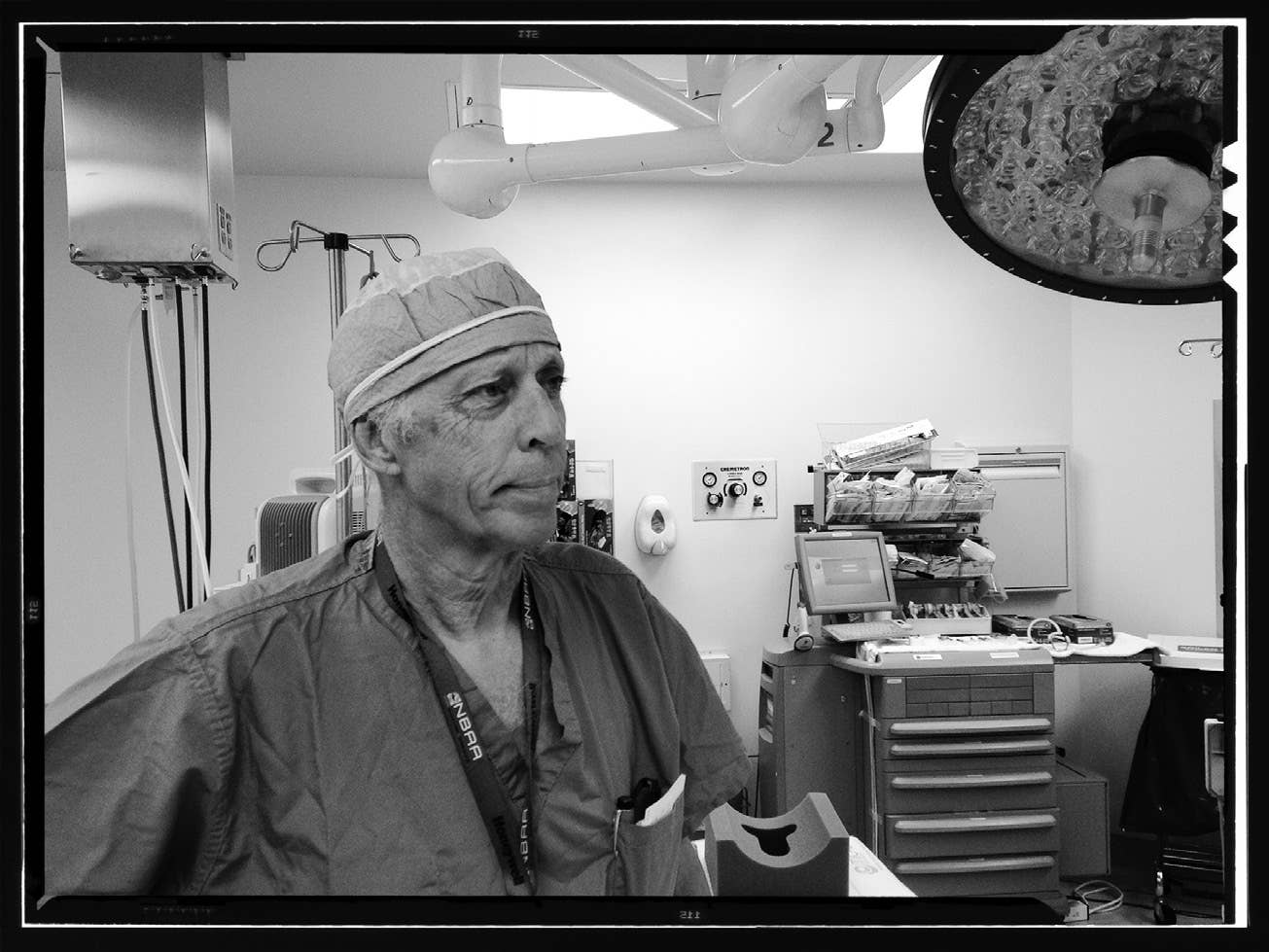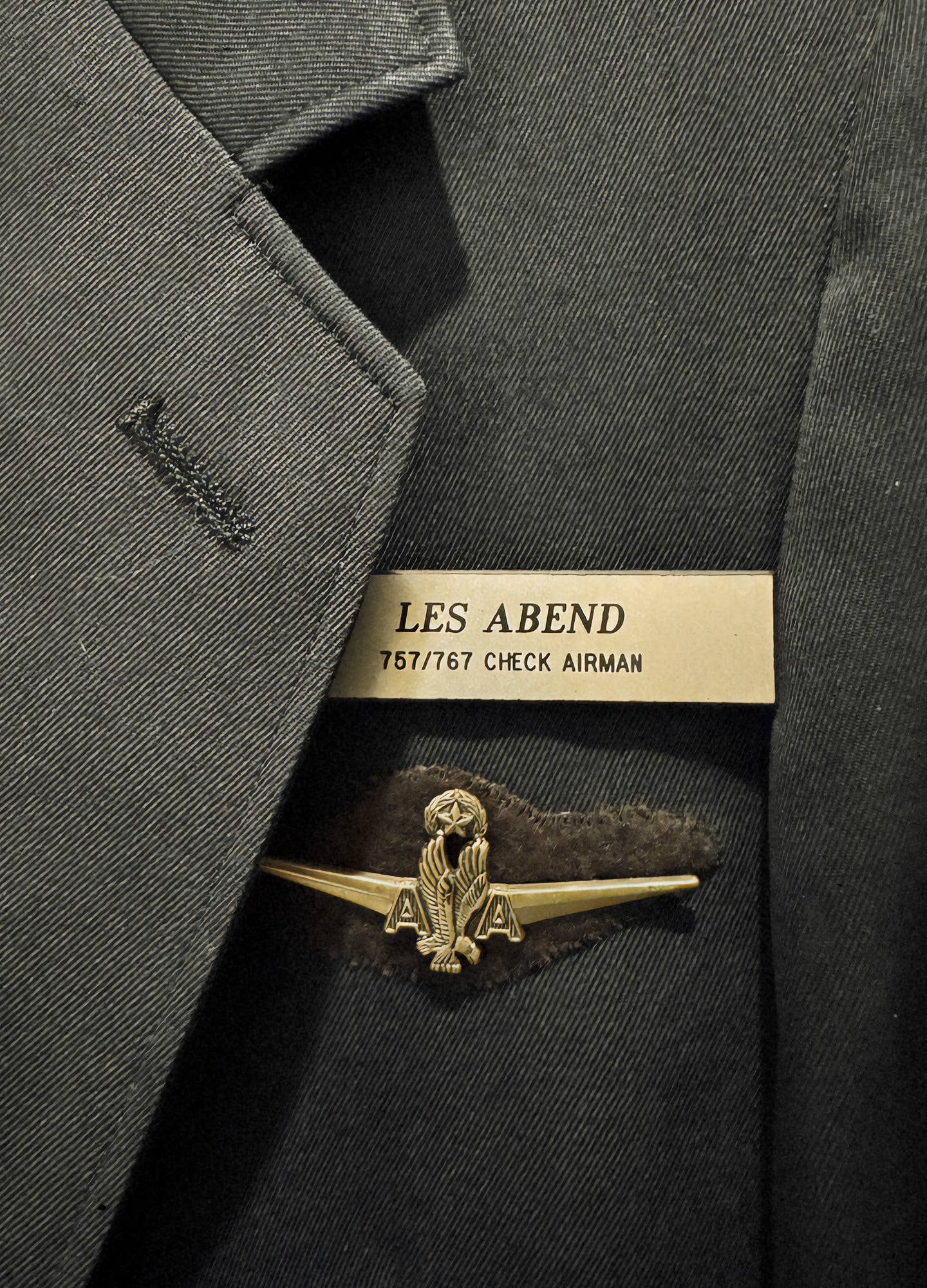Who Made the First ‘Blind’ Takeoff and Landing?
Instrument flight has come a long way since the early days.

Jimmy Doolittle flew an Army Air Corps NY-2 Husky for the attempt. [Courtesy: Jimmy Doolittle’s book – CC BY-SA 4.0 DEED/Wikimedia Commons]
Question: Who was the first to make a ‘blind’ takeoff and landing?
Answer: The first “blind” takeoff and landing—that is, flight without being able to see outside the airplane—was performed on September 24, 1929, by U.S. Army Air Corps pilot Jimmy Doolittle.
The aircraft took off from Mitchel Field in Long Island, New York, and Lieutenant Doolittle flew over a set course.
Doolittle piloted an Army Air Corps NY-2 Husky, a two-place, open cockpit biplane. For the purpose of the flight, the back cockpit was covered with a fabric hood. Doolittle relied entirely on a directional gyro, artificial horizon, (adjustable) sensitive altimeter, and radio navigation to maintain situational awareness.
- READ MORE: When VFR Turns into IFR
Lieutenant Benjamin Kelsey was in the front seat acting as a safety pilot. For the duration of the flight, Kelsey kept his arms in the air to show he was not flying the aircraft.
Doolittle landed the airplane after approximately 15 minutes using the instrument landing procedure that had been developed.
This column first appeared in the October 2023/Issue 942 print edition of FLYING.

Sign-up for newsletters & special offers!
Get the latest FLYING stories & special offers delivered directly to your inbox






